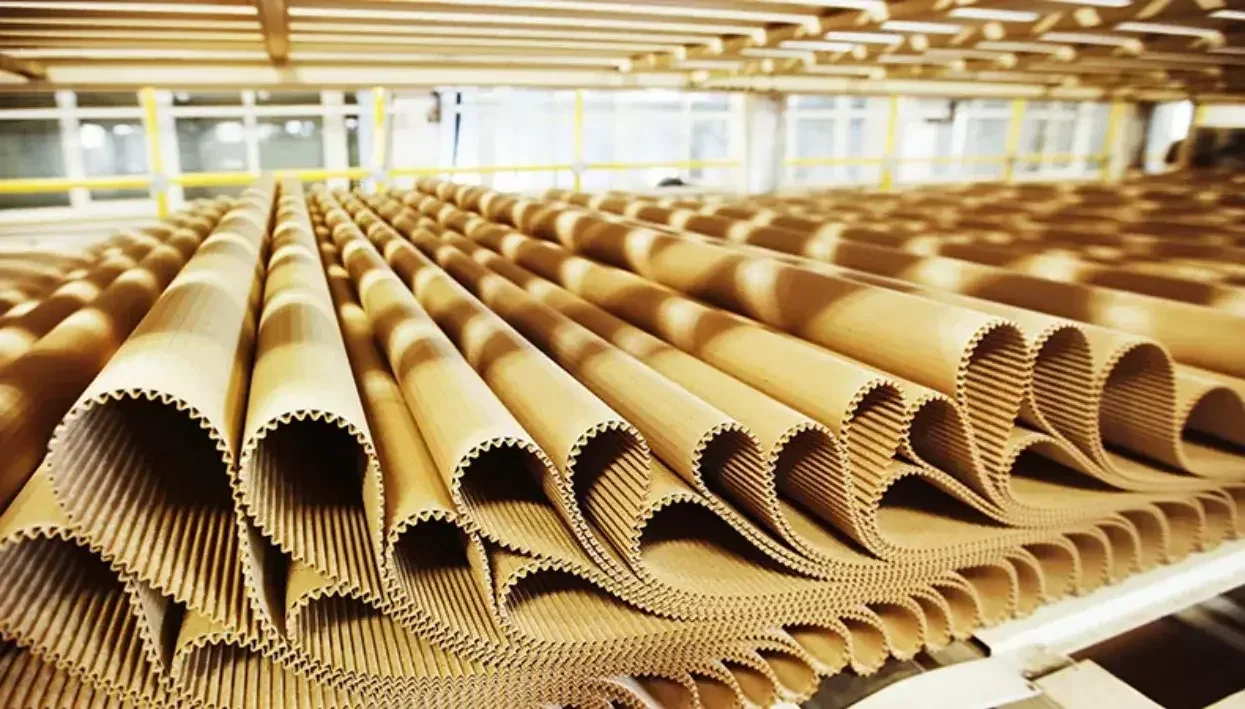Packaging
Sustainability
Packaging pollution: sustainable alternatives
Author
FESPA Staff
Published Date
24/02/2020
Become a FESPA Member
to Continue Reading
